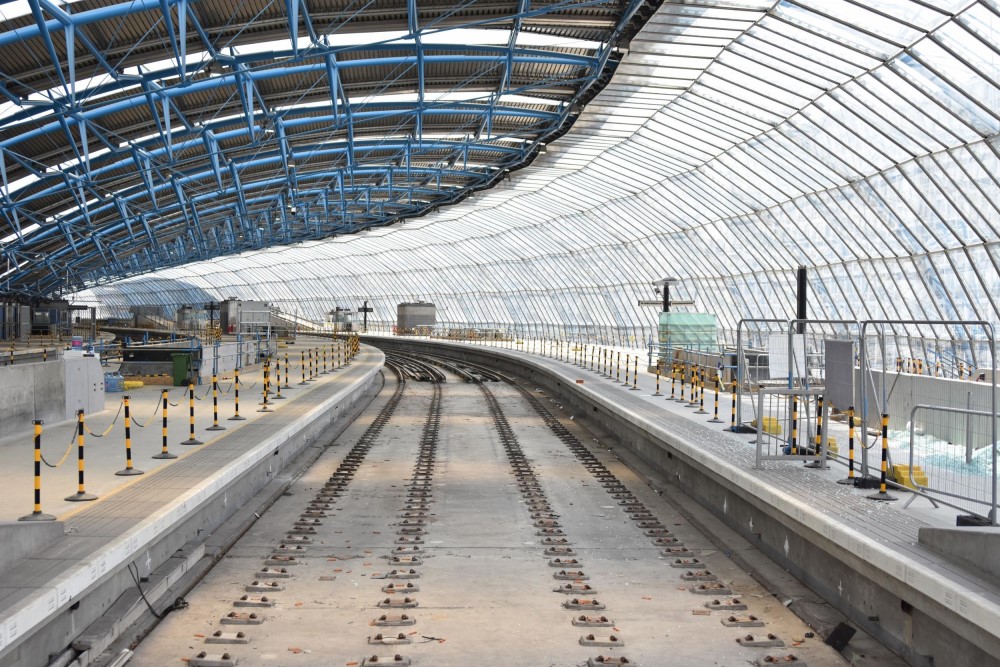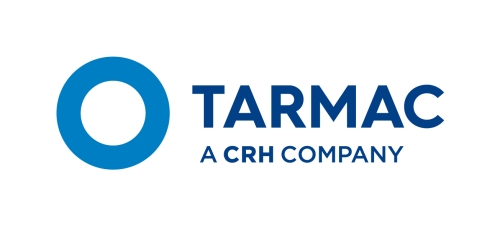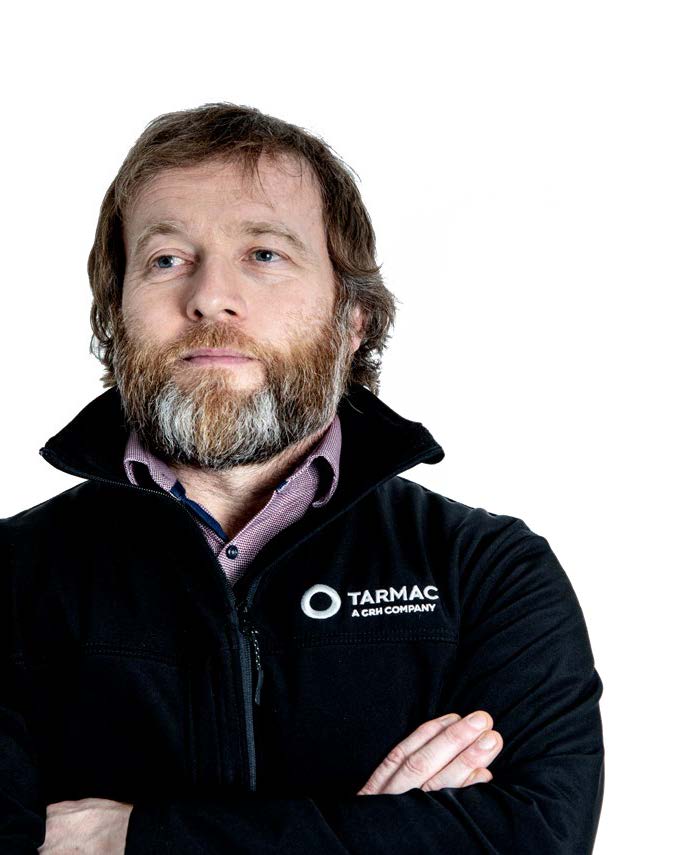First-class development at Waterloo station

Josh Bennett, technical supervisor, Tarmac
High early strength and bespoke self-compacting concrete is integral to the ongoing redevelopment of Waterloo station, requiring expert product design, exacting quality and visual standards and innovative installation of materials at the UK’s busiest railway station.
Network Rail has begun a major overhaul, investing £432 million to build greater rail capacity and deliver a better passenger experience for the station’s 99 million passengers a year.
The Wessex Capacity Alliance (WCA), a consortium of Skanska, Colas Rail, Mott MacDonald, AECOM and Network Rail, was tasked with delivering the upgrades, and brought Tarmac on board to fulfil the specialist concrete element of the works.
As the redevelopment is multifaceted, flexible approaches are required for the concrete supply. In collaboration with the WCA materials team, Tarmac developed several bespoke self-compacting concrete mixes to meet complex requirements for the refurbishment of the station and rebuilding of Waterloo International.
“When it came to constructing the platform walls, access was severely restricted,” says Josh Bennett, technical supervisor, Tarmac. “We had to design a mix that could be placed within a confined space whilst also mitigating against the potential for cracking in walls with very little steel reinforcement.” To meet these challenges, Topflow SCC with shrinkage reducing admixtures and a blend of micro/macro synthetic fibres was used.
The impact walls that mark the end of the tracks were also constructed using Topflow SCC. At 4m x 3m x 3m, the risk of early-age thermal contraction cracking needed to be mitigated. As the walls will remain exposed and will be a prominent feature of the station’s platforms, it was important that a high-quality finish was achieved. The aesthetics of the concrete was taken into consideration and the mix was in part selected due to its designation for surfaces that require strong visual appeal.
These two challenges were met by designing a bespoke ‘low-heat’ Topflow SCC design which was trialled on site prior to the installation. The concrete enables a high-quality finish by removing the need for compaction by site operatives and in doing so, eliminating the risk of under compaction. The temperature of each pour was then monitored during installation to ensure any heat evolution was within the specified limits to guard against early-age thermal contraction cracking.
The real test came during the upgrading of platforms one to four. The works were so significant that the platforms needed to be closed to passengers for 24 days and it was vital that the work was completed within this time period.
Working collaboratively, Tarmac, BASF and the WCA members’ technical teams, designed a bespoke Toproc Rapid mix with a set accelerating admixture, which is added at site before placement by Tarmac technicians. The mix was trialled extensively at Tarmac’s Kings Cross plant, along with full scale pumping trials to optimise the mix design and simulate the placement. A full-scale site trail was also performed during construction of the temporary site office that was erected prior to the platform closures.
The old foundations of the platforms needed to be excavated and replaced before being loaded with two tonne precast platform sections. In order to take the load and keep with the programme requirements, the concrete was required to achieve a compressive strength of 20N/mm2 in just eight hours. What’s more, access to the platforms was from outside the station so it was imperative that the material could be pumped up to 200m.
“This was no small feat,'' says Josh. “When using the accelerating admixtures required to meet the early-age strength the concrete sets within an hour of adding the admixture, so we knew we had to move fast!”
“It was very important that we kept deliveries to schedule, to help keep disruption to a minimum. We also had to ensure that the material arrived at the correct intervals as the concrete life-span was short and the pour sizes required constant pumping.”
“It was best to carry out the concrete pours at night when the central London traffic had died down and over the course of three nights 150m3 of Toproc Rapid was placed successfully”.
“Supplying a mix that could reach the desired strength in such a short space of time was vital. Together with early engagement and working with partners to develop the mix design and experiment with placement methodologies, these factors have really helped keep the project on track. Regular communication between Tarmac’s operational and technical teams and the WCA site teams was the key to success”, concludes Josh.

